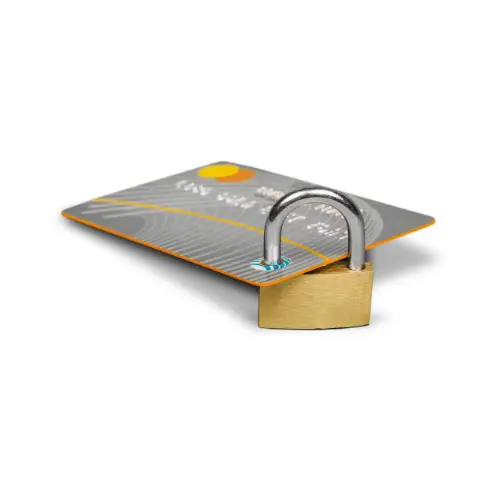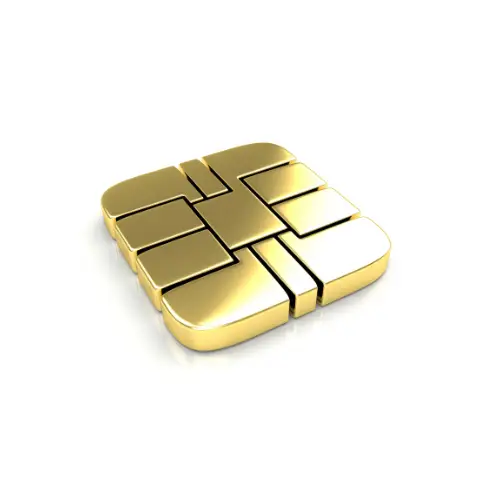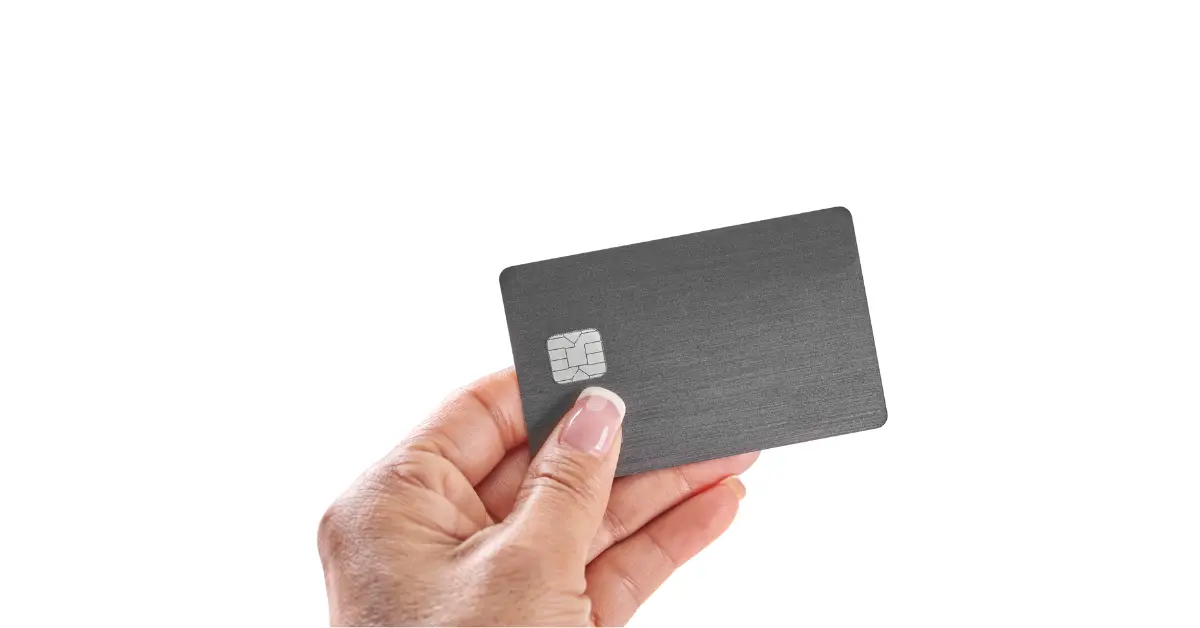Technology is ever-changing, bringing new advancements in ATMs, ITMs, payment systems, and fintech seemingly every time we turn around. Technological growth often makes our lives more convenient, but it also presents us with challenges in the form of nearly constant security threats. Vulnerabilities arise as technology changes, and so technology evolves again in response. We mitigate the risk and effectiveness of security threats by staying on top of technological updates and maintaining compliance with security-related mandates. EMV compliance and pin pad compliance are two of the most critical topics around ATM security today. Keep reading to learn about these issues, what the recent compliance mandates require, and what financial institutions should do next.
What is EMV?
EMV is a worldwide smart payment card standard that resulted in the chip currently used in modern credit, debit, and pre-pay cards. EMV stands for Europay Visa MasterCard, the organization that established the standard. These three companies, and other EMV member organizations like American Express, developed the embedded chip technology to make financial transactions more secure. Costly fraud cases necessitated a new kind of card that would be more difficult to copy or falsify than traditional magnetic stripe cards. The chip has proven successful in reducing fraud.
How Do EMV Chip Cards Work?
Making a transaction using the EMV chip on a card is nearly as simple as using the magnetic stripe. Users insert the chip into a reader when completing a transaction, then enter their pin code to authorize, it instead of only swiping. Both methods transmit data to process the transaction, but using the chip is safer, even if it slightly slows the transaction. When the cardholder uses the EMV chip, the chip generates a unique code identifying that transaction. This unique code makes it more difficult to steal data and create fraudulent cards. There is no such security code when paying with the magnetic stripe!!
Why Chips Are More Secure than Magnetic Stripes
The chip in an EMV card is not easy to duplicate, and it features layers of encryption that make the creation of a workable fake unlikely. These encryption layers and advanced tokenization and authentication measures make the EMV chip a highly secure payment method. The magnetic stripe was an excellent tool for decades, but the threats have evolved. Today, scammers can take advantage of card swipes to make duplicate cards faster and easier than ever before.
The financial industry, and businesses as a whole, benefit from fraud-deterring pay technologies, so more parties are turning to EMV to ensure transaction validity, including banking networks. The major institutions want ATMs to process transactions with the chip.
What is EMV Compliance?
Put simply, a business is EMV compliant when its ATMs and point-of-sale systems can process transactions via the EMV chip. Some cardholders still have cards without the EMV chip and continue to use the magnetic stripe, but card companies are working to transition everyone to using the newer and more secure payment technology. ATMs and payment devices that cannot process transactions using the EMV chip are quickly going out of fashion, but more important than that is the fact that EMV chip technology is becoming a requirement.
EMV Compliance is CRITICAL!
As essential players in the financial technology world begin to mandate EMV chip use, there is the real possibility that ATMs and POS systems that can’t accept EMV will lose transaction support from companies like Visa and Mastercard.
It started with the EMV Compliance “Law”. The major credit card companies pointedly requested and strongly encouraged that most businesses move to EMV chip support by October 1, 2015. Before this 2015 deadline, both merchants and card issuers were often held liable for losses due to fraudulent transactions. Today, responsibility for fraud often falls on the party that is least compliant with EMV standards. A complete withdrawal of support for ATMs that do not follow EMV standards and use the chip for transactions could be imminent. As a business owner or ATM owner, it is your responsibility to upgrade your ATM for EMV capability. Edge One can assist you with that! We can also help you comply with the latest pin pad mandates.
Payment Card Industry (PCI) Announced Security Mandates in 2019
PCI’s mandated compliance changes regarding ATMs with PCI PTS v1 pin pads, or older, were due by December 31, 2022. ATM owners were to replace the ATMs or upgrade the EPP by that deadline for security reasons. A second mandate requires all ATMs with PCI pads to have EPP hardware, firmware, and software using TR31 Phase 3 “Key Blocks” by January 2025.
Why You Shouldn’t Ignore the Pin Pad Mandates
We are in a time when fraudsters are looking for opportunities around the clock. Fintech companies will probably take any steps they believe will minimize fraud risk, including disconnecting out-of-compliance ATMs from their networks. It goes without saying that extensive ATM downtime could cause a significant loss for a financial institution.
If you have not upgraded your ATM, take care of this task as soon as possible. Reach out for help if you are unsure about the type of pin pad used in your ATM or if you need answers or guidance about the required changes. The Edge One team is here to assist you with cost-effective solutions.
Note: There have been recent delays in the supply of new pin pads. We recommend handling the pin pad issues sooner rather than later.
Dual Threats
Between EMV compliance and PCI pin pad mandates, many ATM owners have two security-related problems to address, both of which could result in a downed or essentially “bricked” machine. The good news is that we can solve these problems with relative ease as the technology is readily available, for the most part. We can prepare ATMs for the future with fairly simple changes.
Does your ATM allow transactions via the EMV chip? If so, then you are set as far as EMV compliance! Regarding pin pad compliance, you will likely need to know the type of pin pad your ATM features. That’s the first thing to check!
Connect With Us for Help with any ATM Compliance Issues
We can help whether you need an upgrade for EMV chip technology or pin pad compliance. Fill out our contact form and a member of the Edge One team will reach out to you shortly, or call us directly at your convenience: 800-423-EDGE (3343).



